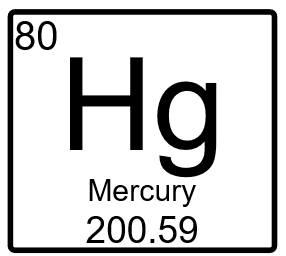Calsep introduced the Cubic Plus Association (CPA) model in PVTsim Nova 2 in 2015. CPA takes into consideration that the thermodynamic properties of polar and non-polar substances of approximately the same molecular weight may deviate substantially because of association between the polar molecules. Water and methane, for example, have approximately the same molecular weight, but the properties are much different because the polar water molecules associate while the non-polar methane molecules do not.
The CPA model is an extension of a cubic equation with an association term. Most CPA literature uses SRK as underlying cubic equation and Calsep therefore chose SRK-CPA as the model to be implemented in PVTsim Nova 2. Having SRK-CPA available led to several requests for CPA for PR. The volume corrected Peng-Robinson (PR) equation is one of the most commonly used cubic equations of state (EoS) in the oil industry. A large number of reservoir simulation studies are based on EoS models developed using the PR equation. If PR-CPA parameters were available for water and the most commonly used hydrate inhibitors, it would allow existing PR EoS models to be reused in flow assurance and process simulations considering reservoir fluids carrying water and possibly hydrate inhibitors. Since the PR-CPA equation reduces to the classical PR equation in the absence of associating components, the PR-CPA model description would be fully consistent with a PR EoS model developed for the water free reservoir fluid. The CPA concept is described TechTalk #4, which can be found on Calsep’s web site.
Calsep started the PR-CPA project by investigating whether the same CPA parameters could be used with PR as with SRK, but that turned out not to be the case. A literature search for existing PR-CPA parameters showed that nobody had presented a complete set of PR-CPA parameters covering all the components and P & T conditions needed in PVTsim. An extensive data material from the Dortmund Data Bank (DDB) was used to determine PR-CPA model parameters for:
- Pure component PR-CPA parameters for self-associating components (H2O, MeOH, EtOH, MEG, DEG and TEG)
- Cross association parameters for solvating components (CO2 and H2S)
- Binary interaction parameters between pairs of associating components and pairs of an associating and a non-associating component.
The parameter estimation work showed that it was possible with PR-CPA to achieve an equally good match of the mutual solubility of reservoir fluids components, water, and hydrate inhibitors as with SRK-CPA. A manuscript detailing the PR-CPA modeling work and model parameters has just been accepted for publication in Journal of Natural Gas Engineering.
Examples of the PR-CPA match of experimental phase equilibrium data are shown in Figures 1 – 3. Figure 1 shows data and simulation results for the water content in a 4-component gas mixture at two temperatures. Figure 2 shows similar data for a 70 weight% MEG aqueous solution. Figure 3 shows data for C1 hydrate formation temperatures with MeOH added as inhibitor in concentrations up to 65 weight%.
PVTsim Nova 4 to be released 1st half of 2018 will support PR-CPA.

Figure 1. Water content in an acid gas mixture of 71.3 mole% C1, 3.8 mole% C3 18.8 mole% CO2 and 6.3 mole% H2S at 49°C and 93°C and various pressures. Markers represent experimental data. Lines are PR-CPA model predictions.

Figure 2. Water contents in gas phase at two-phase vapor-liquid equilibrium of the multi-component system; water(H2O)-mono-ethylene glycol(MEG)-synthetic natural gas at 0°C and 10°C. Markers represent experimental data. Lines are PR-CPA model predictions.

Figure 3. Methane hydrate formation conditions with various MeOH concentrations in the aqueous phase. Markers represent experimental data. Lines are simulation results using PR-CPA for the aqueous phase.



